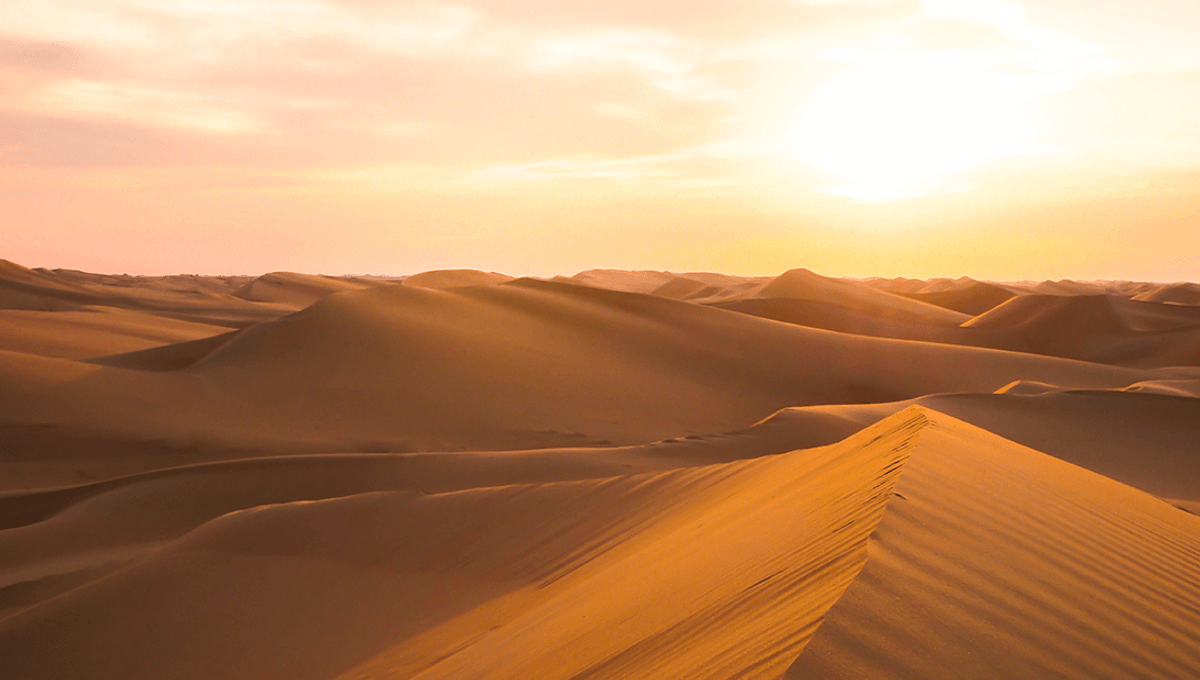
It may have crossed your mind while at the beach or in a desert that you don’t really know what you’d reach if you kept digging. Would you find sand, rock, soil, or just piles of treasure guarded by the genie Jafar?
The answer, of course, varies based on where you are. Some sand dunes, for instance, move around due to wind, meaning that there could be a whole forest beneath you, as well as sinkholes waiting to swallow you up.
Sand is formed from rocks on land, ground down by weathering of rivers and other elements. By the shore, the constantly churning sea also grinds up rocks over thousands or millions of years.
Were you to dig down (it would differ how far, based on the geology of the area) at the beach, you may find sand that has been compacted and turned under pressure into the sedimentary rock sandstone. Keep digging, now using advanced drilling equipment rather than your sand castle spade, and you will hit the bedrock of the area.
As for deserts, you might not have to do any digging at all. Most deserts are not covered by sand but are the exposed bedrock itself. This may be a spoiler for what you’d find underneath sandy deserts.
Where there is sand, it is usually formed by the weathering of the exposed bedrock. As the dry desert landscape cools and heats during the day and night, the rock expands and cracks. Over thousands or millions of years, aided by wind whipping at the smaller stones, the rocks are ground down into sand. Dig down and you will find the bedrock again, and dried-out clay.
That’s not to say the areas can’t be interesting. Roaming sand dunes can preserve what they bury, including some astonishing camelthorn trees in Nambia. Meanwhile, they can still yield a few geological surprises. In 2010, scientists found evidence of a prehistoric mega lake beneath the sands of the Sahara, thought to have formed around 250,000 as the Nile spilled into the area through a low channel.
Source Link: What's Underneath Sand And Desert Sand?